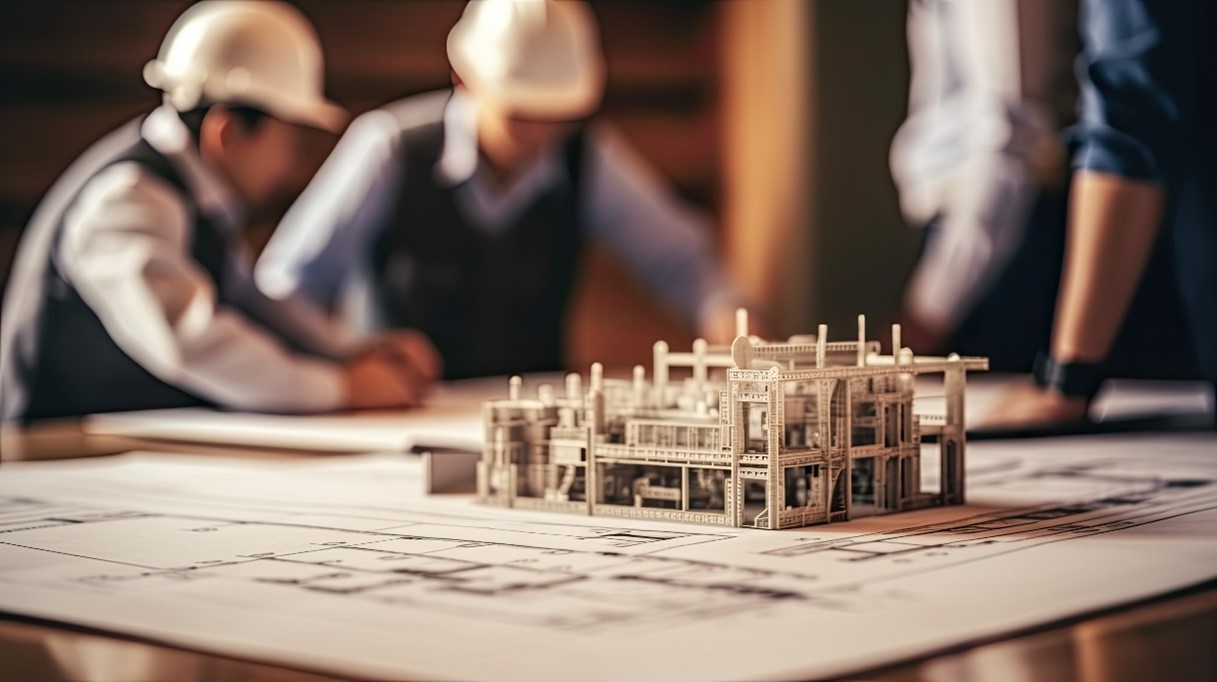
Structural engineering is a fascinating field at the intersection of creativity and mathematics, where blueprints are transformed into the awe-inspiring structures that shape our cities and landscapes. Behind every skyscraper, bridge, and stadium stands a meticulously planned and executed design process. In this article from Chase Pehling, Chase will delve into the intricate journey from blueprint to reality, unraveling the steps involved in the design process of structural engineering.
Chase Pehling on Conceptualization and Planning
The inception of any construction project requires a meticulous phase of conceptualization and planning. This stage involves a set of crucial steps that are indispensable to the success of the project. Firstly, the project goals are meticulously defined to ensure that the final outcome aligns with the client’s vision. Secondly, the engineers delve deep into comprehending the client’s needs and requirements to ensure that all aspects of the project are catered to with precision. Thirdly, feasibility studies are conducted to assess the project’s viability and ensure that it is economically, technologically, and environmentally sustainable. Throughout this phase, structural engineers work in close collaboration with architects, developers, and other stakeholders to establish the project’s parameters, such as budget, timeline, and aesthetic requirements. These parameters serve as the foundation for the subsequent stages of the project and ensure that the final outcome is in line with the client’s expectations.
Chase Pehling on Preliminary Design
Once the project parameters are defined, the structural engineering team embarks on the preliminary design phase. During this stage, they explore different structural systems and materials to determine the most suitable approach for the project. Factors such as load-bearing capacity, durability, and sustainability are carefully considered to ensure the structural integrity of the design.
Chase Pehling on Structural Analysis
With the preliminary design in place, structural engineers perform comprehensive structural analysis using advanced computational tools and software. This analysis involves simulating various load conditions, such as gravity loads, wind loads, and seismic forces, to assess the performance and stability of the proposed structure. The goal is to identify potential weaknesses or areas of concern and refine the design accordingly.
Chase Pehling on Detailing and Documentation
Once the structural analysis is complete and the design is optimized, the focus shifts to detailing and documentation. Detailed drawings, specifications, and calculations are prepared to communicate the design intent to architects, contractors, and construction teams. These documents serve as a blueprint for the construction phase, providing precise instructions for building the structure according to the engineer’s specifications.
Chase Pehling on Collaboration and Coordination
Throughout the design process, structural engineers collaborate closely with architects, mechanical engineers, electrical engineers, and other professionals involved in the project. Effective communication and coordination are essential to ensure that all design elements integrate seamlessly and that any potential conflicts are resolved before construction begins.
Chase Pehling on Regulatory Compliance and Permitting
The process of commencing construction is highly regulated and involves several steps, one of which is the rigorous review and approval of the structural design by the relevant regulatory authorities. Structural engineers play a crucial role in this process, working tirelessly to ensure that the design meets all applicable building codes, zoning regulations, and safety standards.
This often requires obtaining permits from the local authorities, conducting peer reviews, and addressing any feedback or revisions that may be required by the regulatory agencies. The goal of this process is to ensure that the final structure is safe, reliable, and structurally sound and that it meets all the necessary requirements for the intended use.
Structural engineers must carefully consider factors such as the site location, soil conditions, wind and seismic loads, and the intended use of the building to develop a design that can withstand the forces that will act upon it. They also work with other professionals such as architects, contractors, and building owners to ensure that the design is feasible, practical, and meets their needs.
Chase Pehling on Construction Administration
Even after the design is finalized and approved, the role of the structural engineer does not end. During the construction phase, engineers provide ongoing support and oversight to ensure that the structure is built according to the design intent. They may conduct site visits, review shop drawings, and respond to field inquiries to address any issues or deviations from the original plan.
The journey from blueprint to reality in structural engineering is a multifaceted process that requires meticulous planning, analysis, and collaboration. By understanding the intricacies of this design process, Chase Pehling believes we gain a deeper appreciation for the remarkable feats of engineering that shape our built environment. From soaring skyscrapers to elegant bridges, every structure stands as a testament to the creativity, ingenuity, and expertise of structural engineers.


